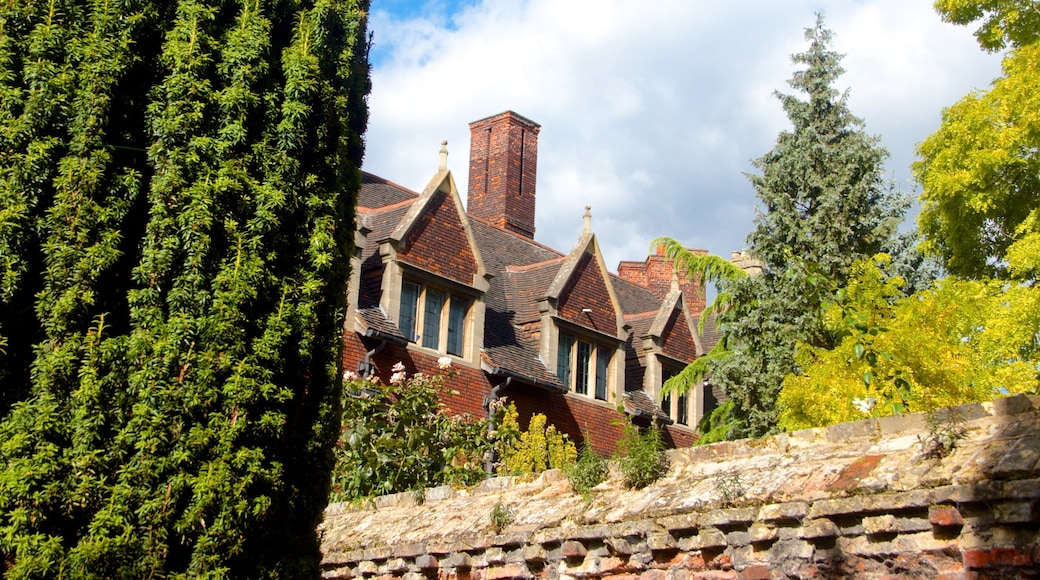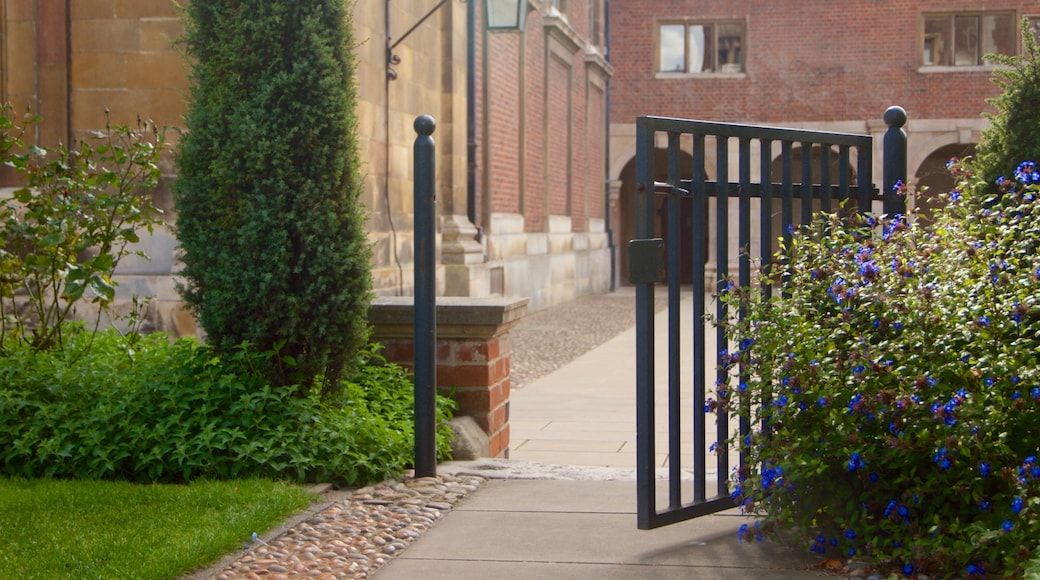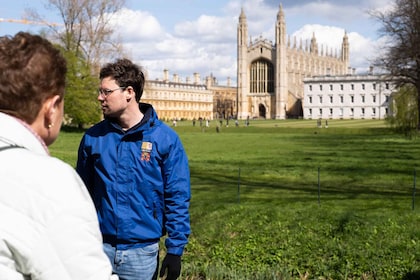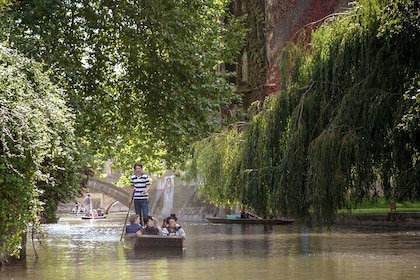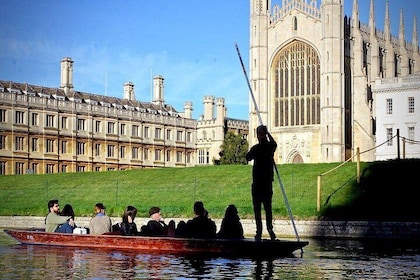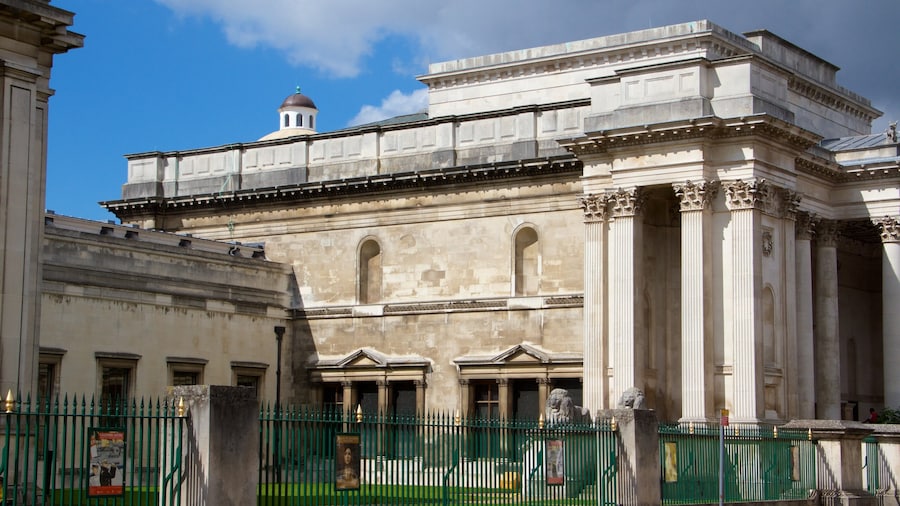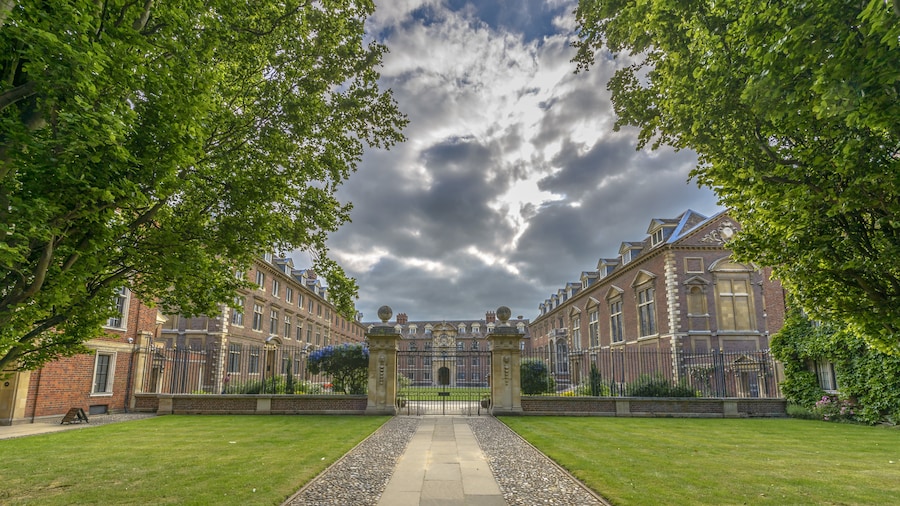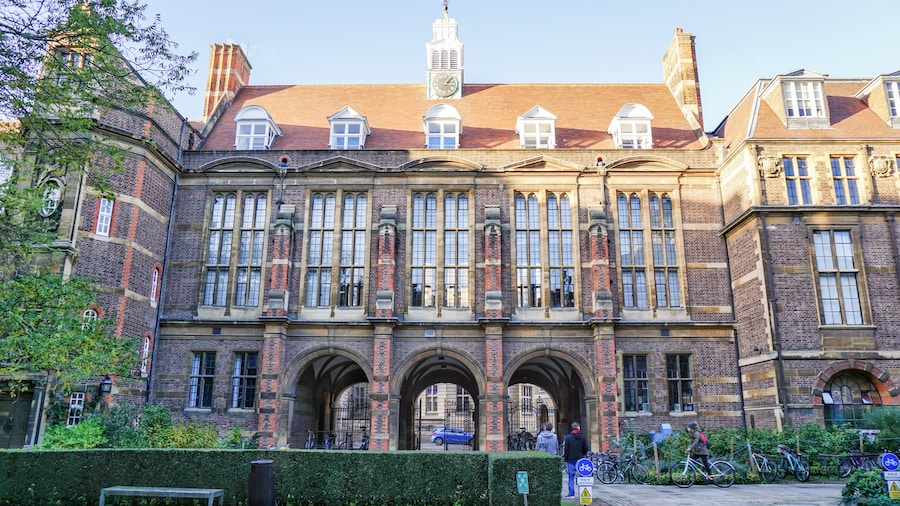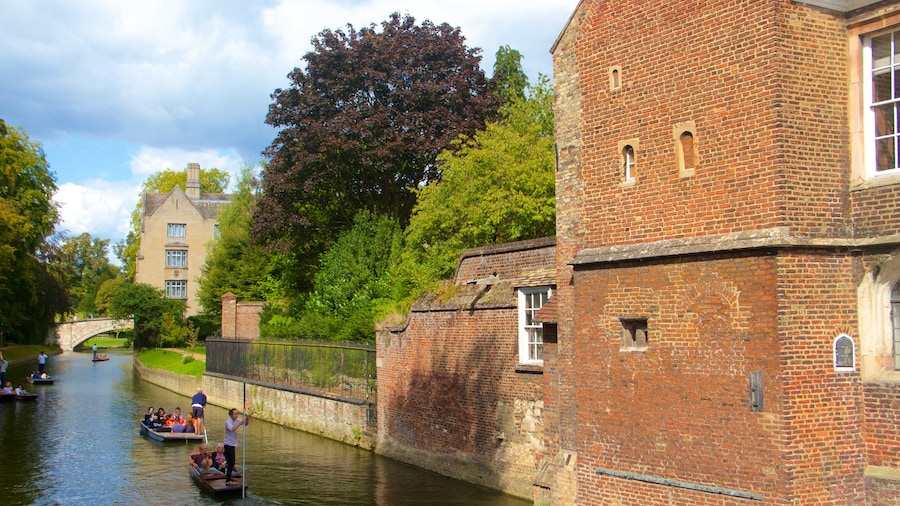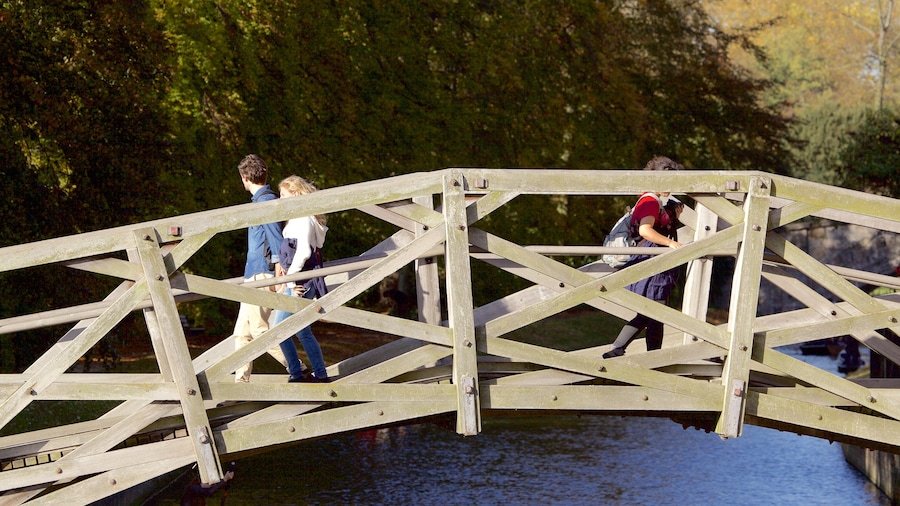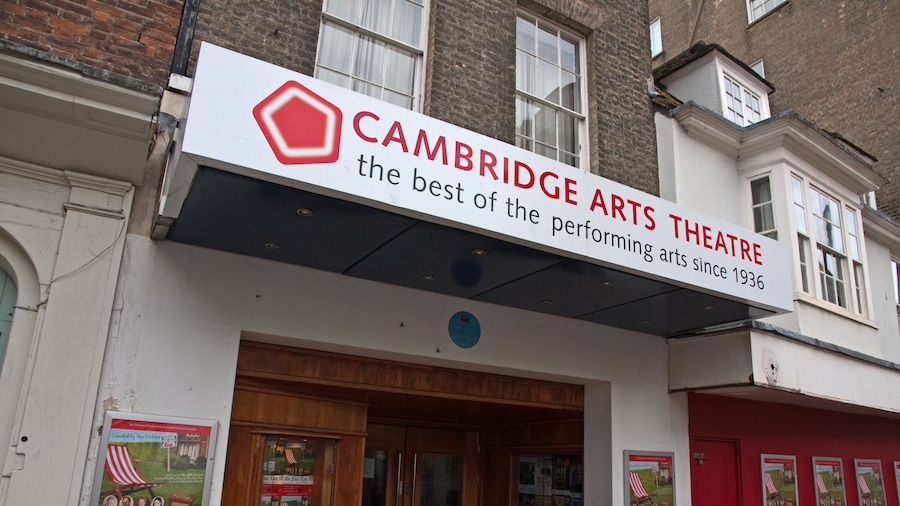See the early work of architect Sir Christopher Wren when you tour the grounds and chapel of this 14th-century college.
The grounds of Pembroke College are a lovely place for a stroll. One of Cambridge University’s oldest and largest colleges is home to beautiful old buildings, including a chapel designed by Sir Christopher Wren.
Pembroke College was founded in 1347 by the Countess of Pembroke. Among the famous figures to have been educated here over the centuries are the poets Edmund Spenser, Thomas Gray and Ted Hughes as well as the Reformist bishop Nicholas Ridley.
Be sure to visit the college’s chapel, which was consecrated in 1665. This was the first completed work of Sir Christopher Wren who went on to design a chapel at Emmanuel College, the library at Trinity College and most famously St. Paul’s Cathedral in London. Wren’s acclaimed design of Pembroke’s chapel inspired the construction of a number of other classically styled college chapels.
Inside the chapel, admire the beauty of the ornate plaster roof. Examine the 15th-century alabaster relief depicting St. Michael and the Virgin and see the 18th-century organ. Study the chapel’s stained glass east window which was added in 1906 and features benefactors of the college.
Other noteworthy buildings include the Library, the Hall and the Master's Lodge. Although you can walk freely around the grounds and visit the chapel, the other buildings are private and not open to the public.
As you make your way through the grounds, look for the statue of former British Prime Minister William Pitt the Younger outside the library’s neo-Gothic clock tower. He first became the country’s leader at the age of 24 and was a former student at the college.
Stroll through the lovely gardens, which are dotted with London plane trees. The gardens are also home to an ancient bowling green that is said to be among the oldest in Europe.
Find Pembroke College within easy walking distance of Cambridge’s bus station. The chapel is open daily and visitors are welcome to explore it outside service hours. There is no car parking at the college.



